2018 Tours of Pat Sutton’s Private Wildlife Garden (41 Years in the Making)
Our wildlife garden has evolved over the last 41 years from a lawn and very few plantings (a Lilac bush and Day Lilies) to probably 100+ native plants and many different components (perennial garden, pocket meadow, shade trees and gardens, wildlife ponds, native woodland, living fences, etc.) that all lure in and benefit wildlife. Read this brief history to learn more.
This year I am excited to share that I will be leading tours of my own wildlife garden for CU Maurice River, a non-profit organization (registration will be required through CU Maurice River, not through me). Sign up for the session that best fits your schedule:
- August 25, 2018 (Saturday) — 2 tours: 9:30 a.m. to Noon (Morning Session), 2:00 to 4:30 p.m. (Afternoon Session) — LIMIT/tour: 20. COST/tour: $20 (CU member), $30 (nonmember). Contact Citizens United to Protect the Maurice River and its Tributaries at the office (856) 300-5331 to register and pay for this garden tour or reserve your spot online by clicking here . Sunday, August 26 is the Rain Date. For program write-up on CU Maurice River’s website click HERE.
Join Pat Sutton for a tour of her 41-year-old wildlife garden in Goshen (Cape May Co.), NJ, and opportunity to study and identify pollinators with Pat. This garden showcases many different ways a habitat can offer the basics: food, cover, and water. This ½ acre property includes two wildlife ponds, a pocket meadow, extensive shade gardens, wildlife corridors, shrub islands, a woodland of native plants (saved from a jungle of Multiflora Rose in 2009), an extensive pollinator garden (full of hummingbirds, butterflies, and bees), native nectar plants galore, an extensive array of native host plants, feeding stations, many and different water features, as well as many fun garden features and design ideas. This totally educational experience will benefit and dazzle long-time gardeners and new-to-wildlife-gardening participants alike.
2018 Tours of Chris and Arnold Clemenson’s Private Wildlife Gardens
Clemenson Farms Native Nursery is a wholesale nursery, but they do host special “Retail Sale Days” each year for the general public.
During their Saturday, June 16, 2018, Retail Sale Day (10:00 a.m. to 2:00 p.m.) I will be leading 3 tours of Chris & Arnold Clemenson’s beautiful private wildlife gardens in Estell Manor (Atlantic County), NJ. These gardens showcase many, many lovely and beneficial native plants.
Three Tour Times: 10:00 a.m., 11:15 a.m., or 12:30 p.m.
Tickets are $12.00/person.
Interact directly with Clemenson Farms Native Nursery (not with me) for tour tickets, which are available by reservation or on day of sale. Places are limited and these tours are popular, so reservations are recommended. To reserve your place on a tour, email Christine Clemenson at cac.clem3@gmail.com with your top two time slots. Payment due on day of sale.
Tour ticket includes a Clemenson Farm garden map and plant list. Bring a camera, binoculars, and walking shoes. You’ll go home with plant pictures and practical ideas for transforming your garden into a pollinator paradise!
NOTE: Gardens will be closed to the general public during tour times, but open after the tours are completed.
Clemenson Farms Native Nursery’s 2018 Retail Sale Days: May 12, June 16, and September 15. Don’t miss these great opportunities to purchase locally grown natives. Print their list of available plants and bring it along so you don’t forget anything!
For twenty-three years (1991-2014), I led “Tours of Private Wildlife Gardens” in Cape May County.
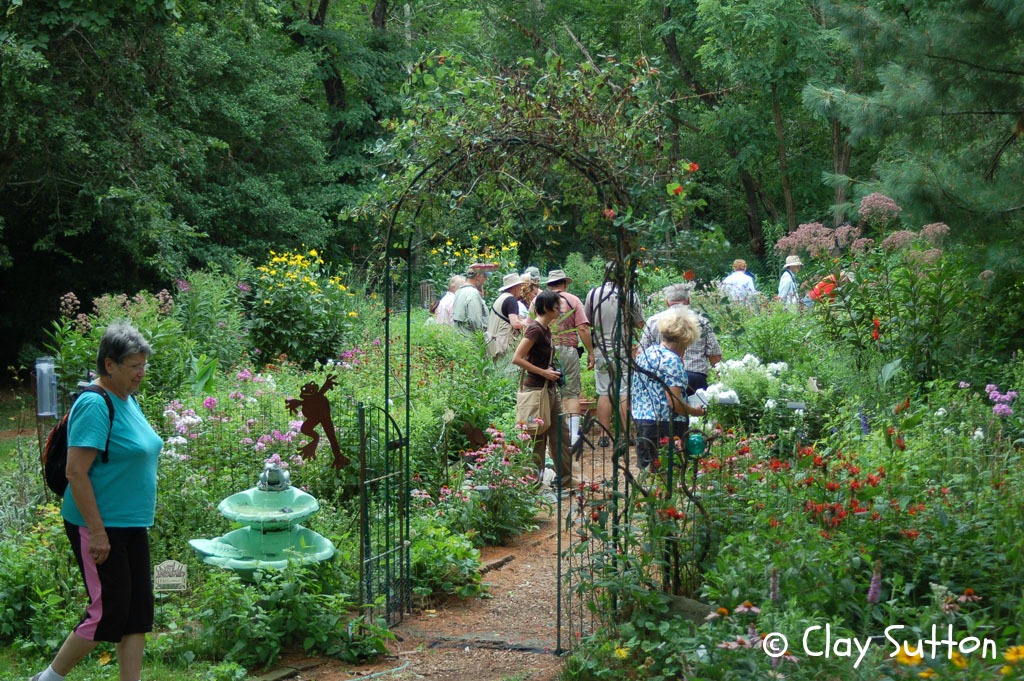
For twenty-three years (1991-2014), I led “Tours of Private Wildlife Gardens” in Cape May County. I saw these tours as one of the best ways to “grow” more wildlife gardeners. You can see the excitement in the photo above as tour participants find, study, and share with each other butterflies, spiders, caterpillars, native bees, frogs, turtles, hummingbirds, and the beautiful nectar plants, host plants, wildlife ponds, water features, and habitats that have attracted them.
Initially I led these tours for NJ Audubon’s Cape May Bird Observatory, where I worked as the Program Director. Between 2007-2014 I led the tours for NJ Audubon’s Nature Center of Cape May.
Many of the owners of these beautiful, private, wildlife gardens had taken workshops with me and / or attended these tours.
Many garden owners shared with me that a personal goal was to have their own garden included on these tours. The number of wildlife gardens grew and grew. Eventually there were so many educational gems to share that I broke Cape May County into three regions and led back-to-back tours, covering different parts of the county each day. I led these tours in July, August, and September so attendees could see first hand the different “Chocolate Cakes” in bloom month-by-month and the variety of wildlife attracted.
On the final tour, garden-owner Gail Fisher presented me with my very own Chocolate Cake made by her Mom (it was delicious).
And to further spoil us on that final September 2014 garden tour Gail Fisher served homemade Chocolate Cupcakes.
TAKE A VIRTUAL TOUR OF PRIVATE WILDLIFE GARDENS
Many of the gardens that were included on the Cape May County tours can be seen in the photo galleries below. These photos (taken over the years) truly record the evolution of these private wildlife gardens and may give you some great ideas for your own garden.
- South Tour (Cape Island: Cape May, Cape May Point, West Cape May, and Lower Township)
- Mid-County Tour (North Cape May, Villas, and Erma)
- North Tour (Cape May Court House, Goshen . . . including my own garden, Dennisville, Eldora, South Seaville, and Ocean View)
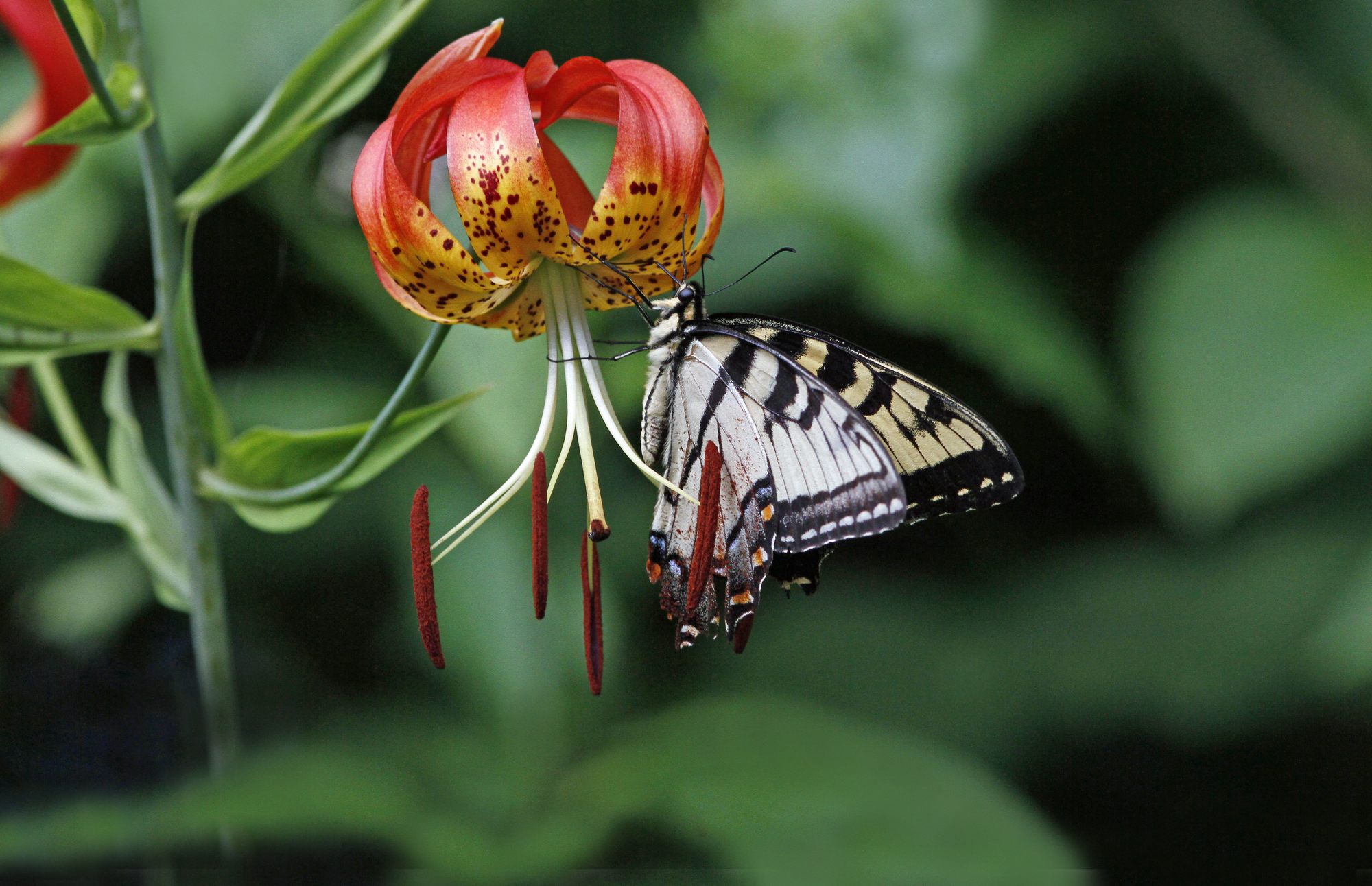
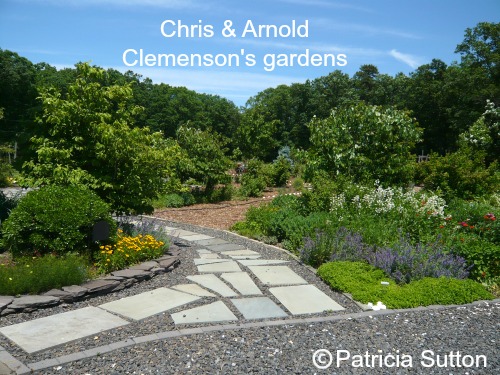
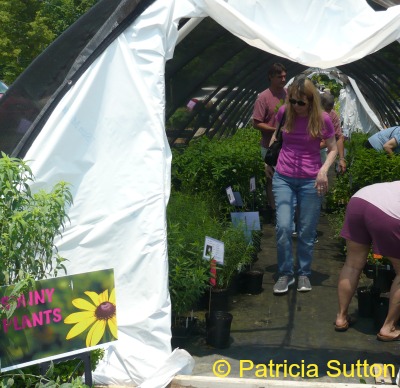
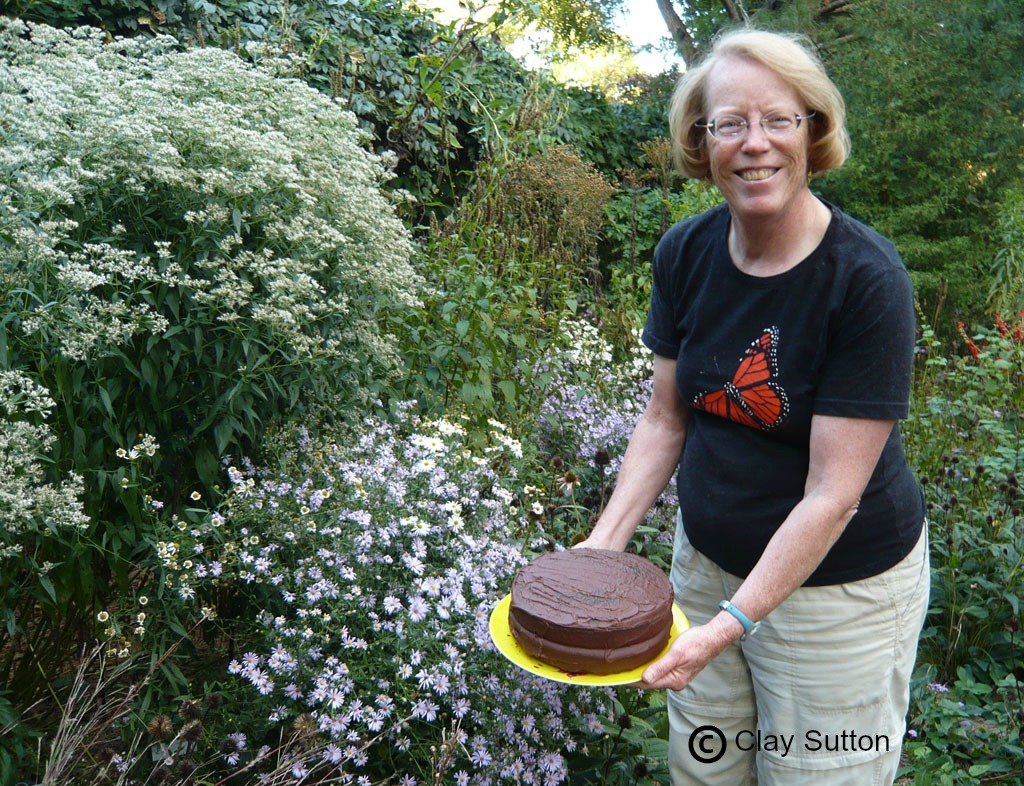

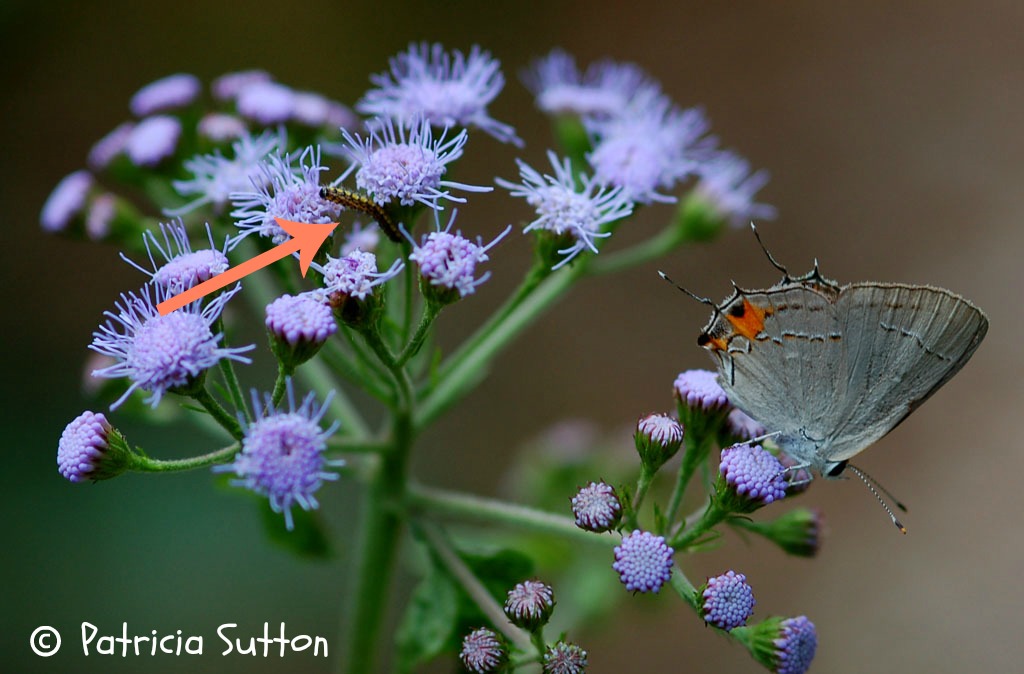










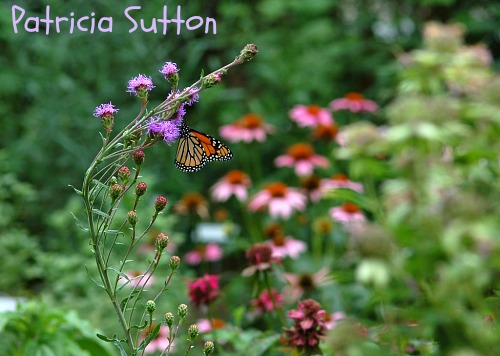






 This is the 22nd year I’ve been leading these tours of private backyard wildlife gardens. And they just keep getting yummier and yummier!
This is the 22nd year I’ve been leading these tours of private backyard wildlife gardens. And they just keep getting yummier and yummier!


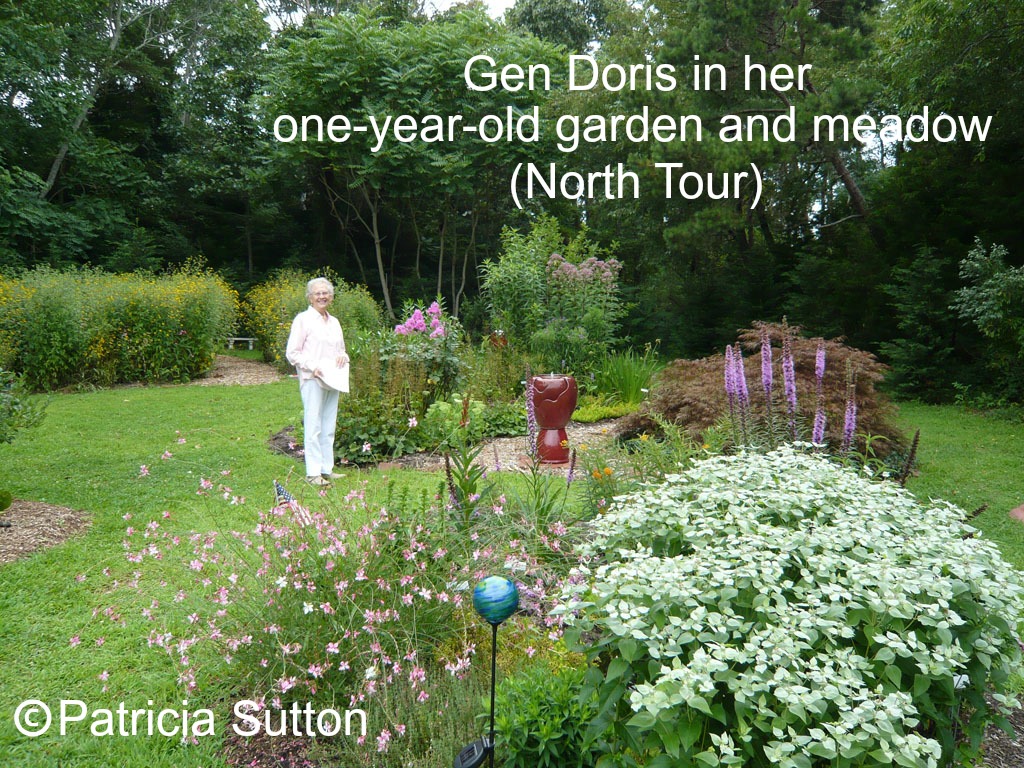
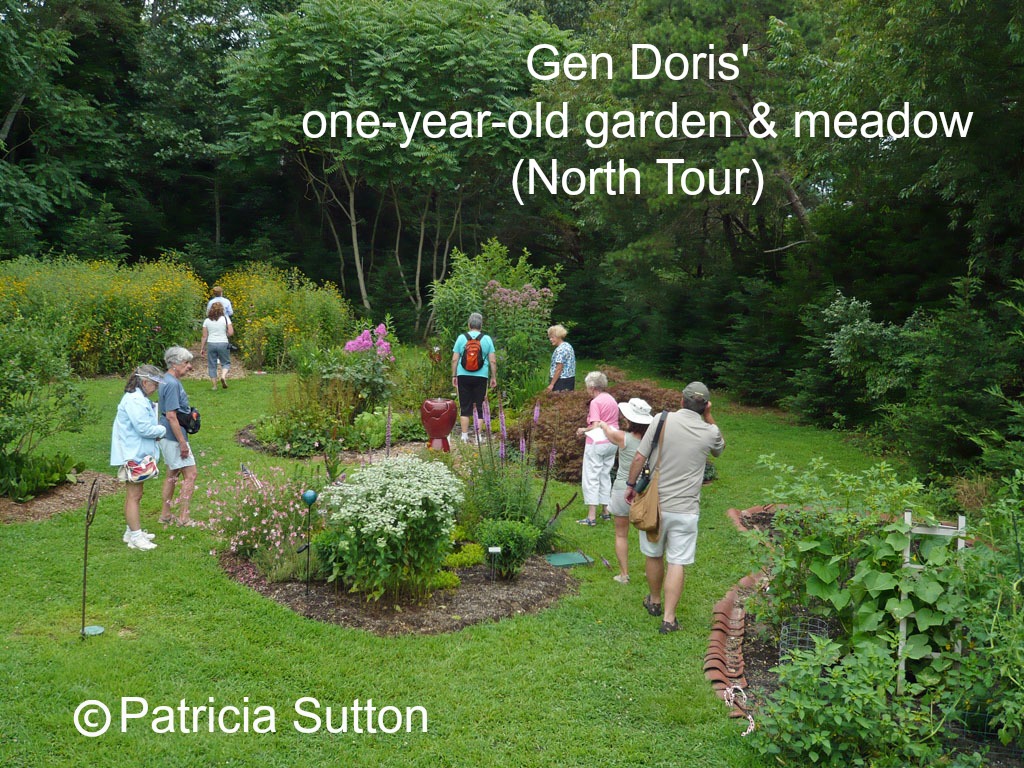
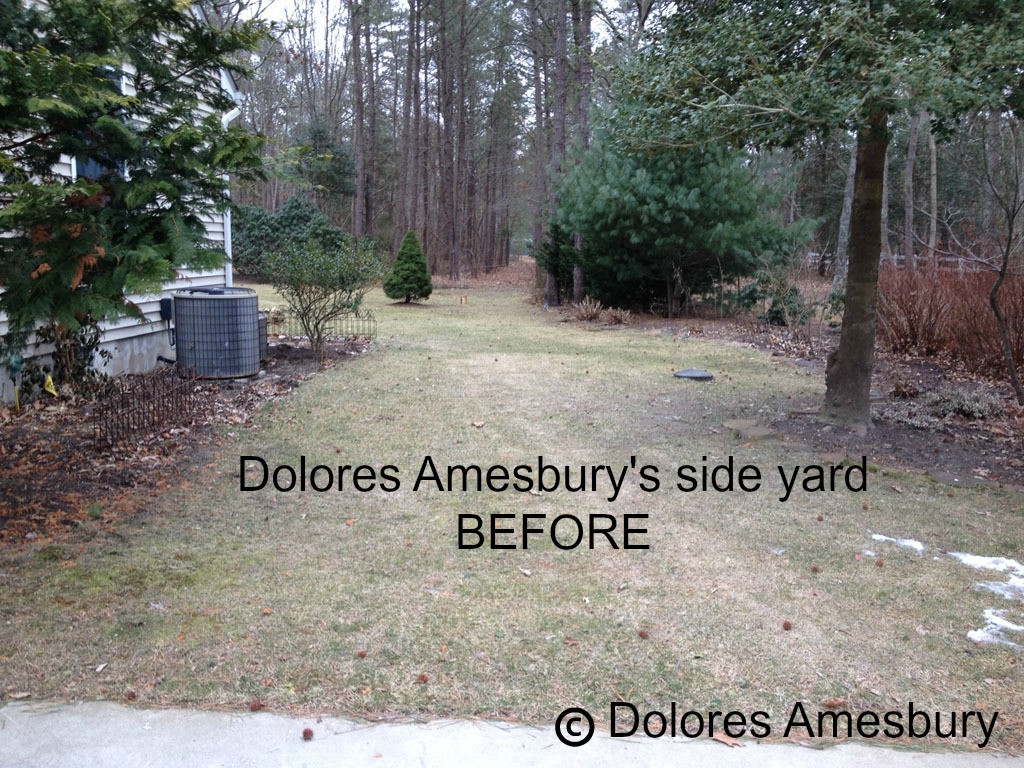

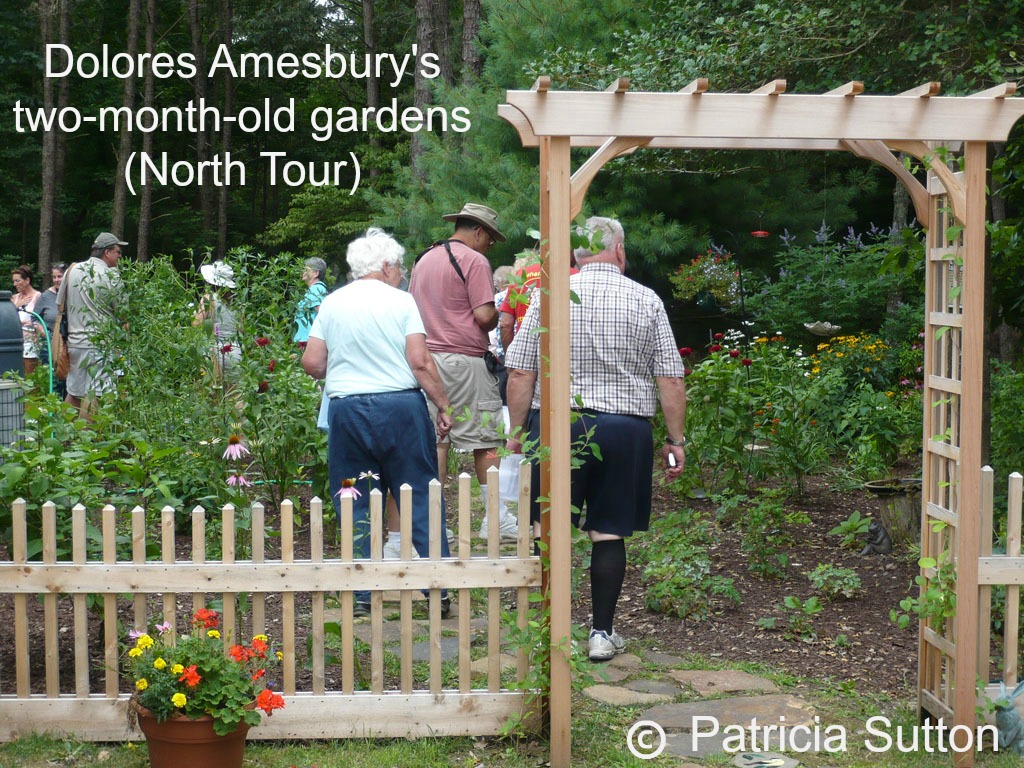
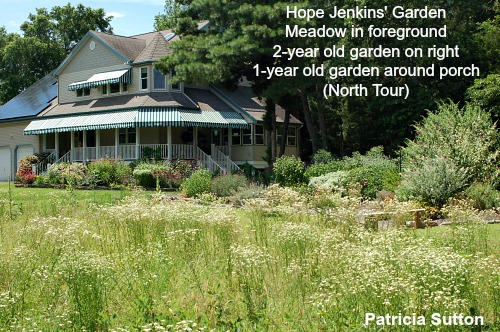
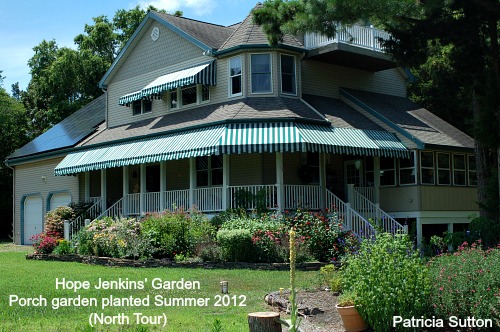
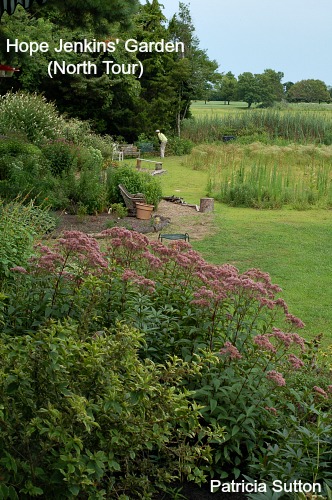
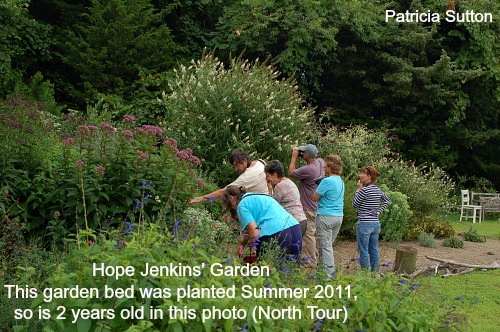
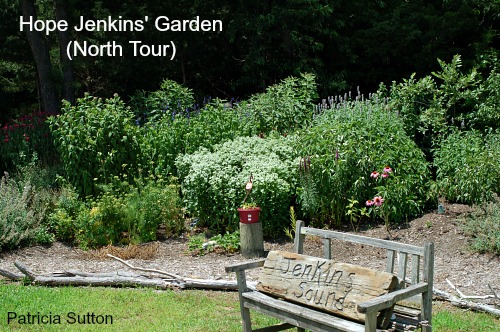
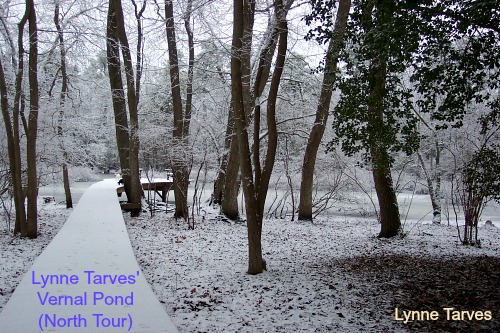
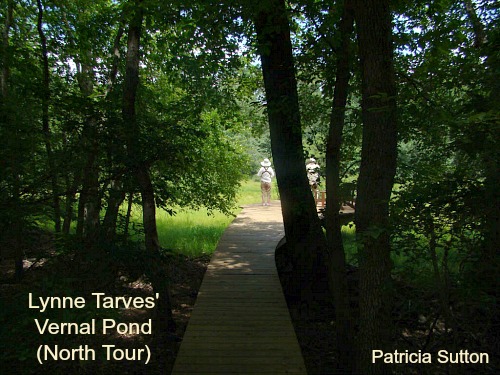
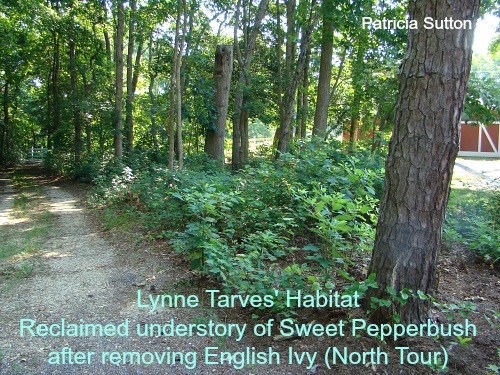
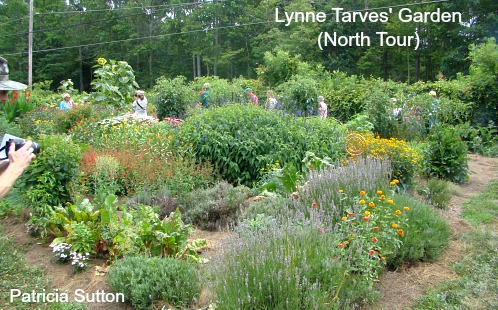
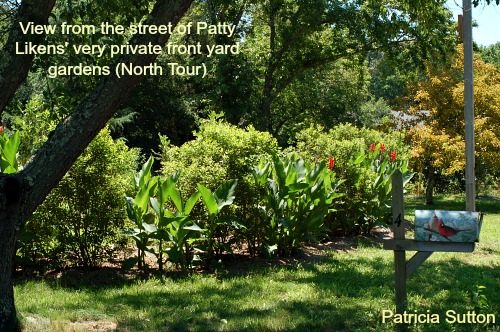
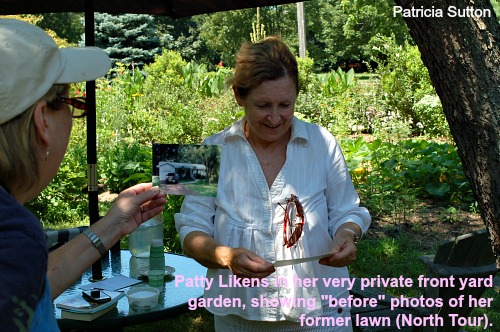

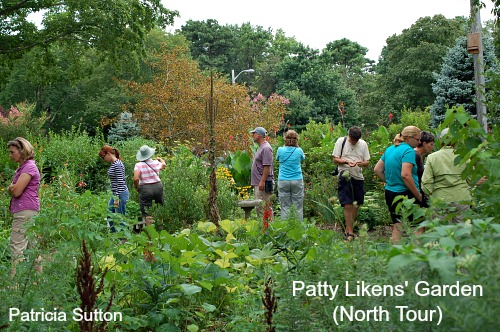
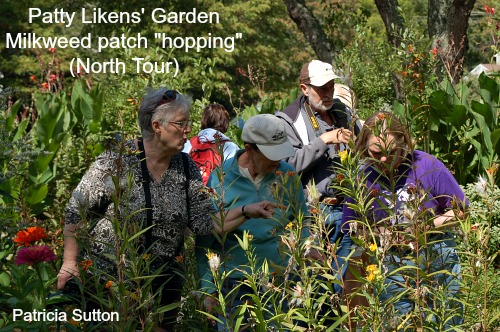
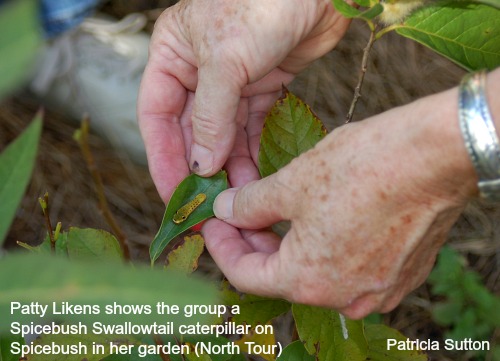

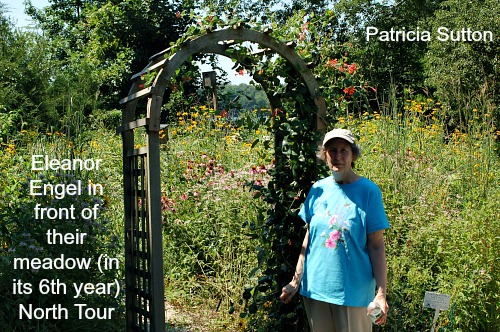
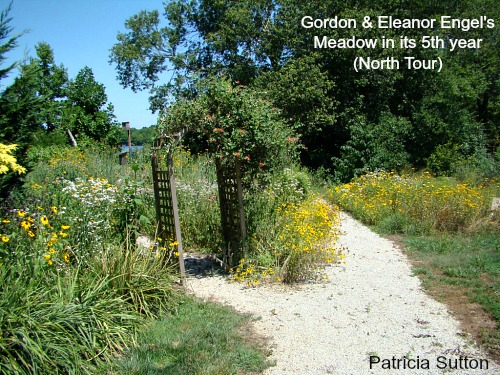
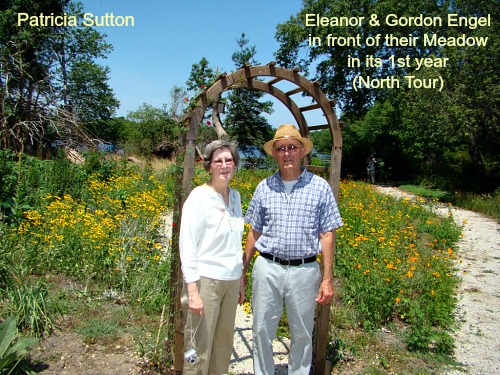
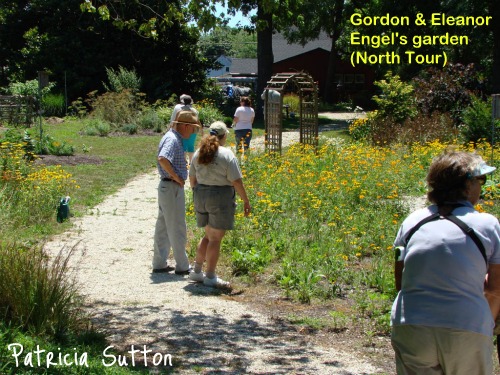
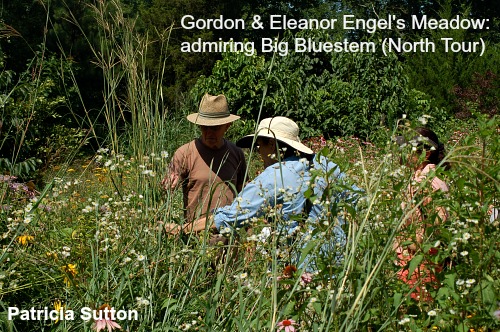
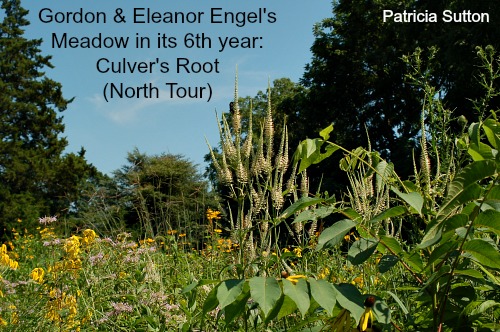
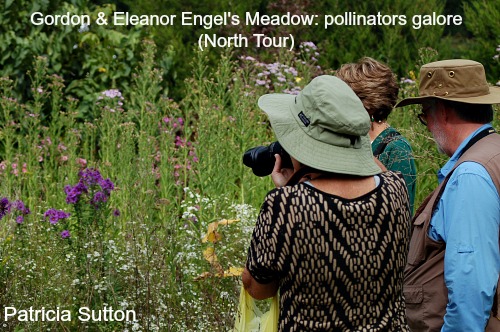

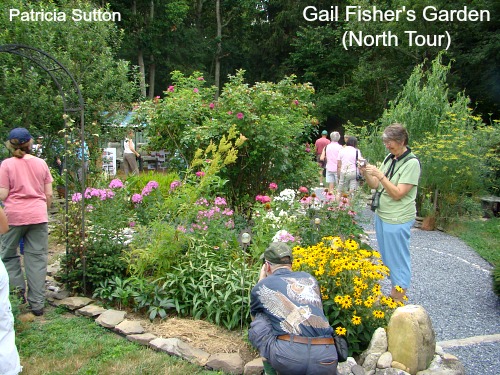



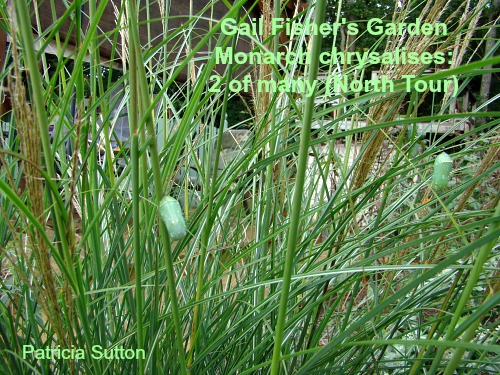
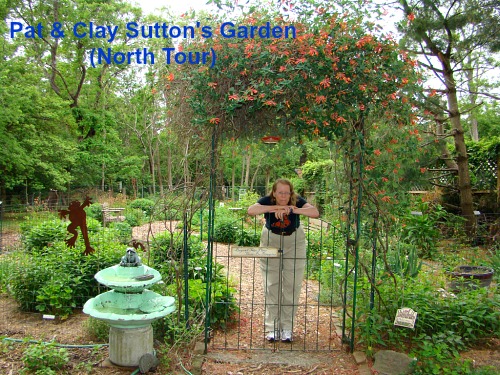
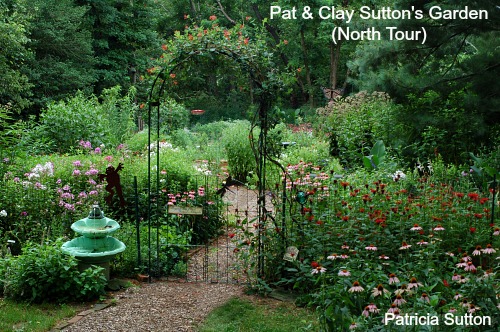
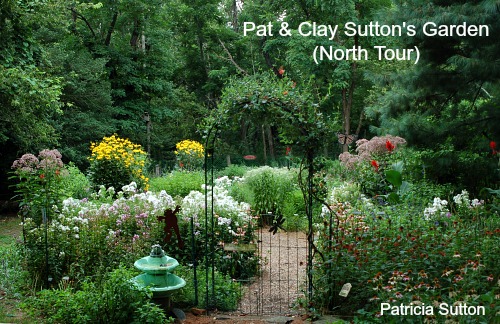
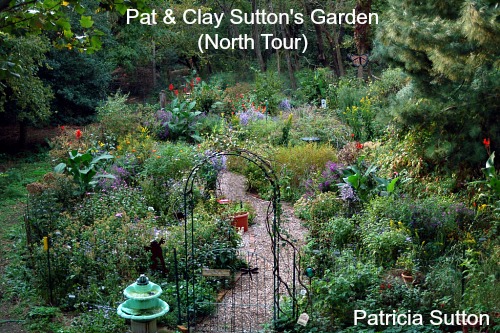

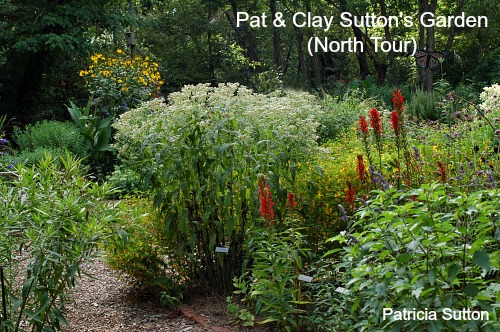
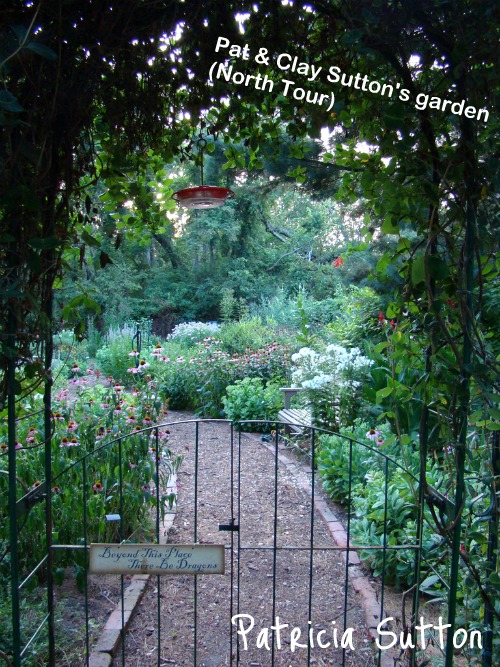


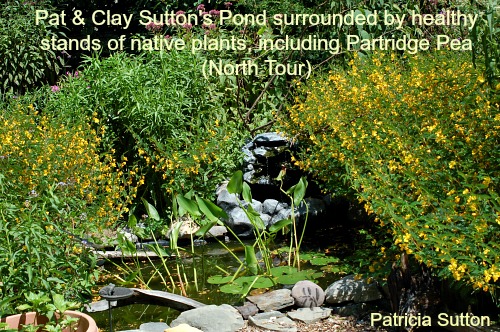




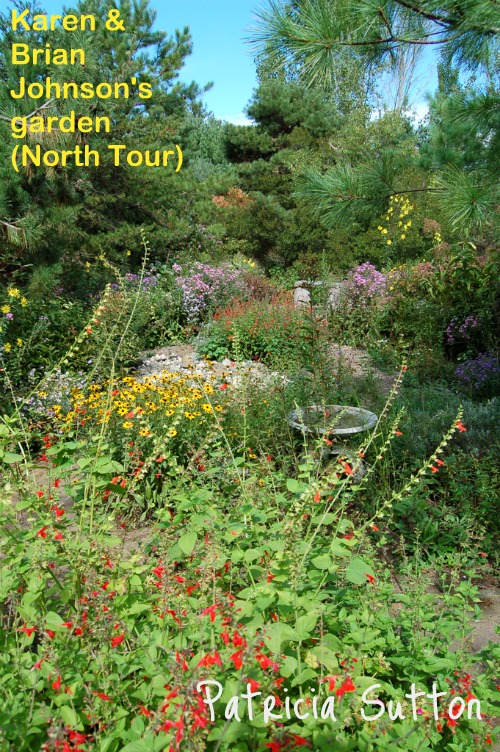


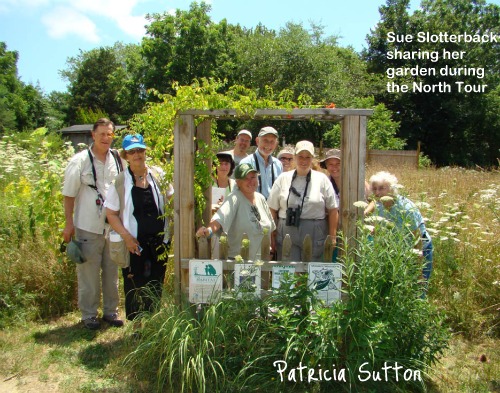
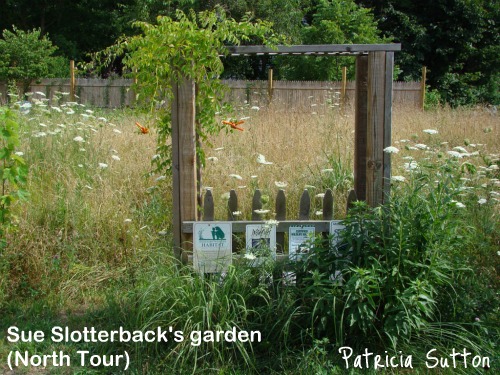
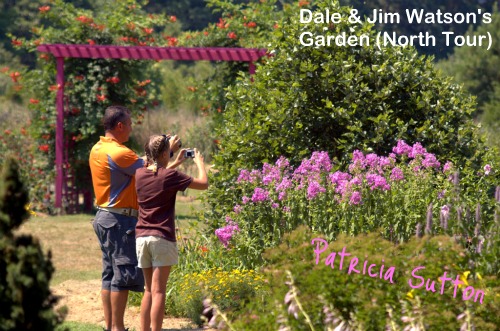
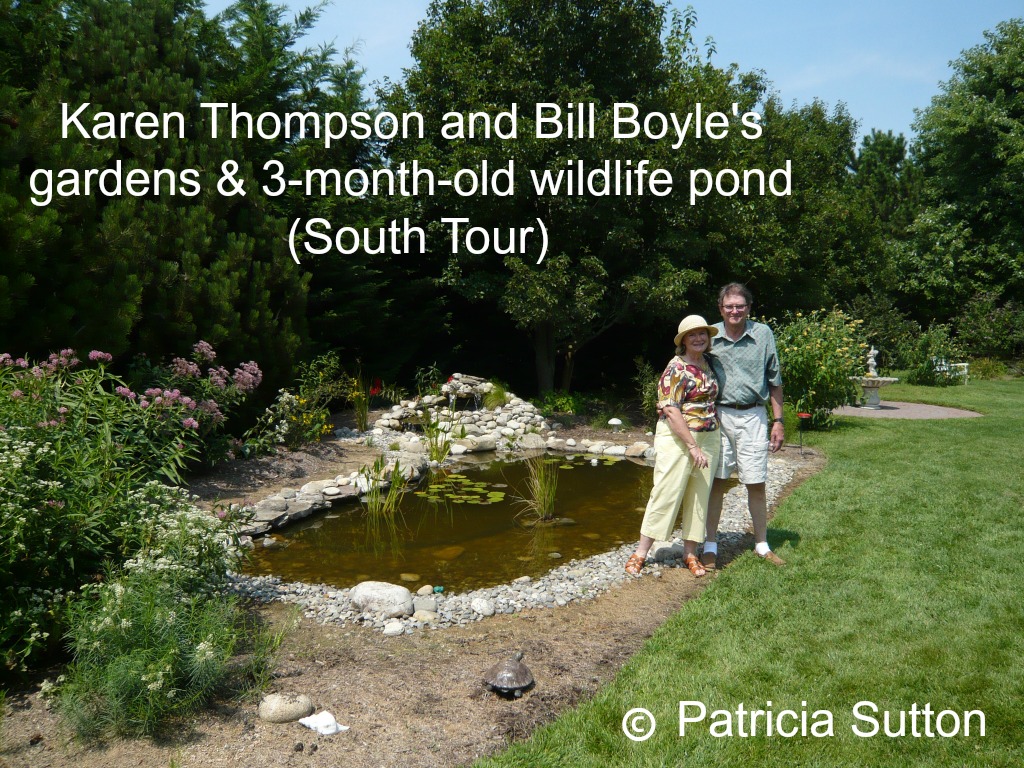
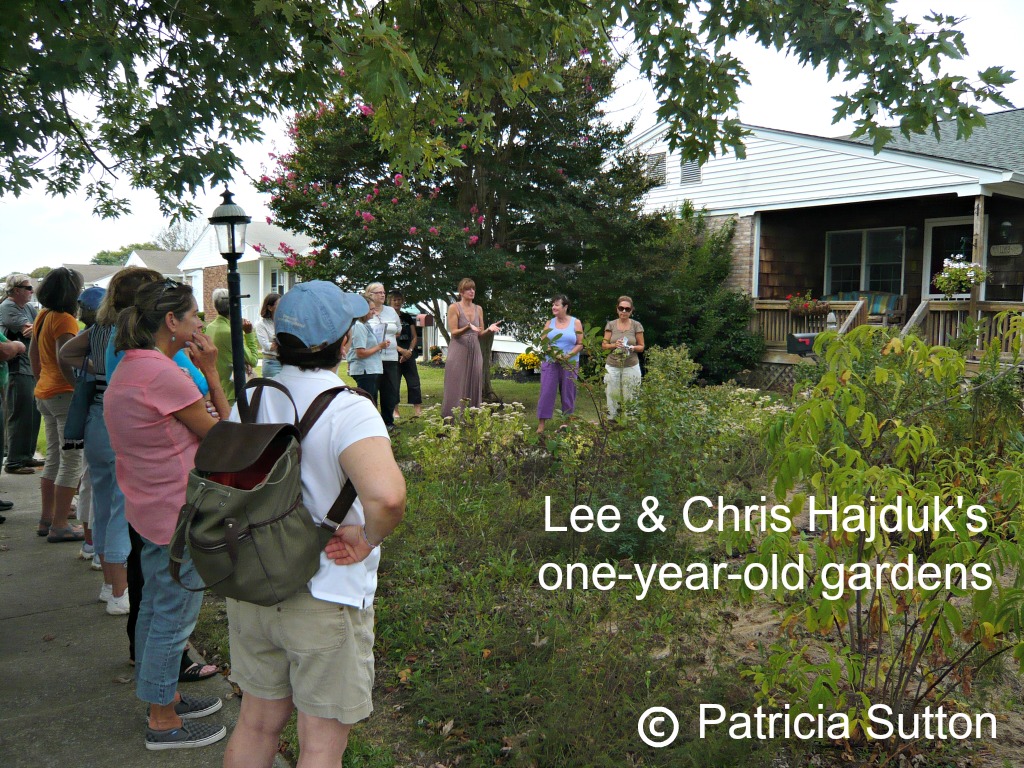
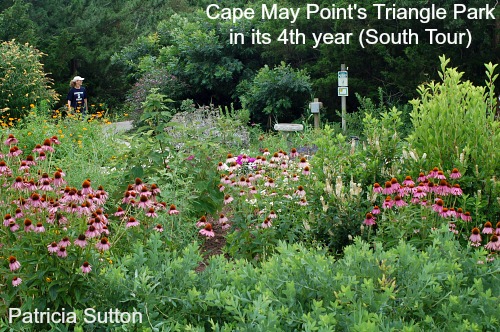
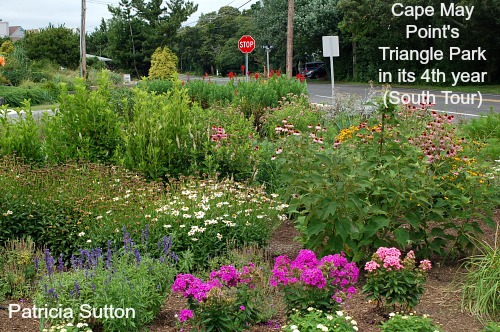

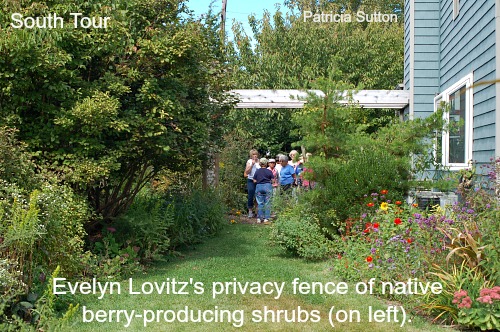
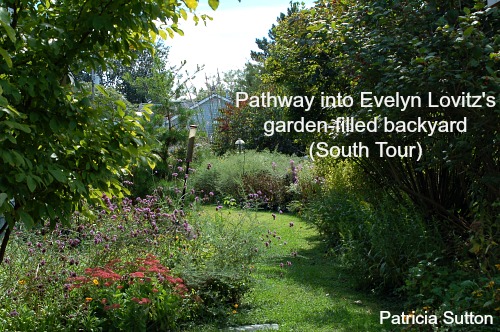
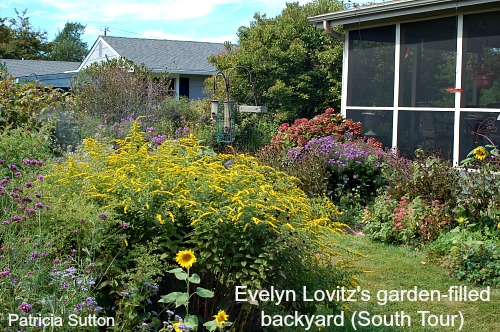


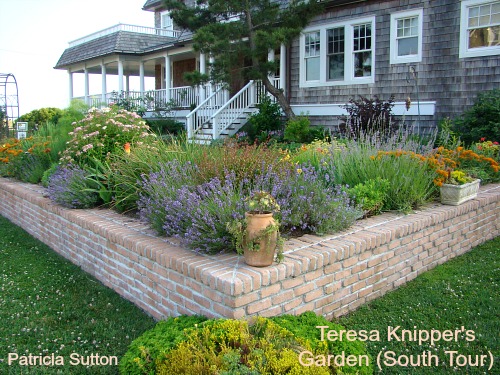

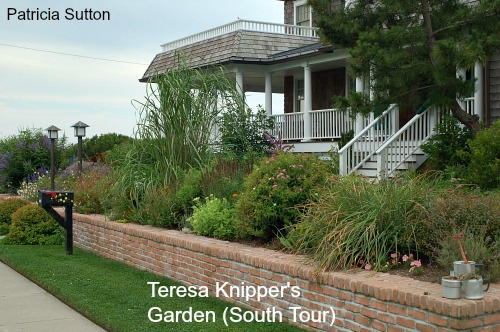
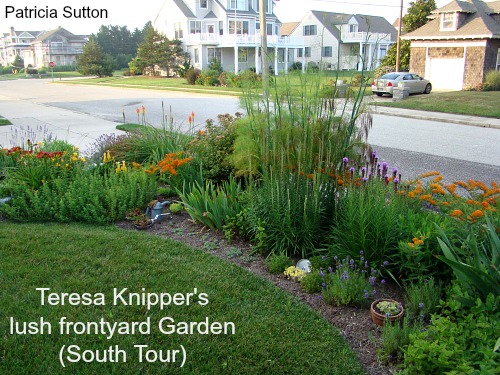
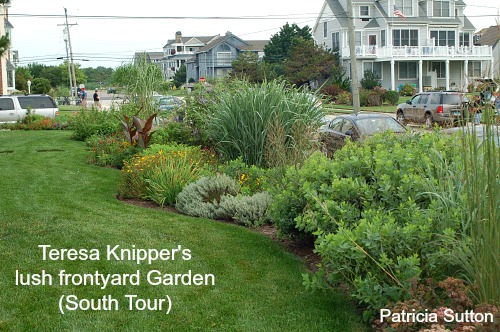
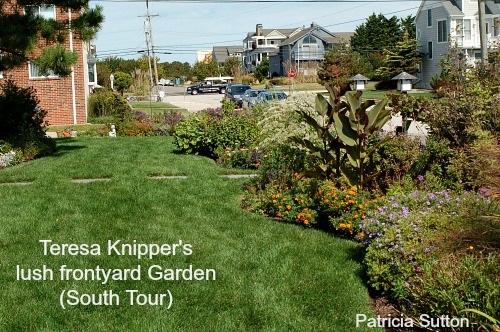

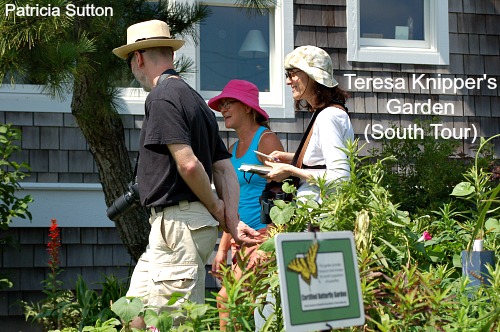
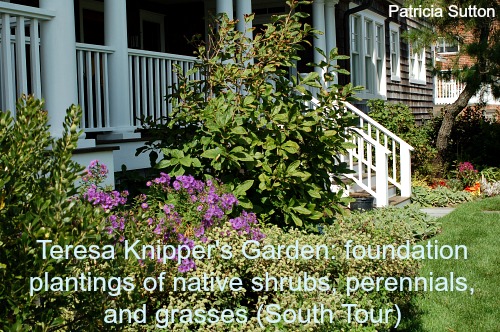
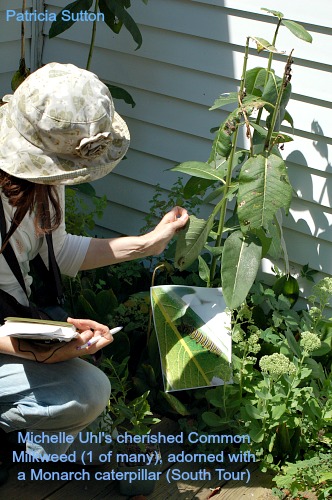
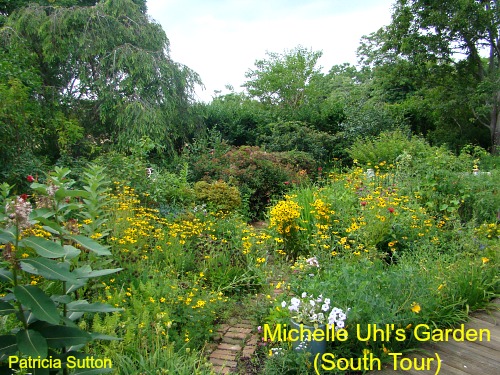
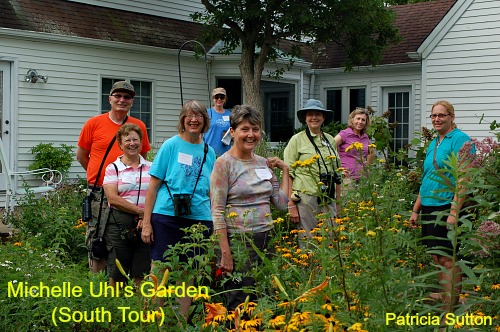
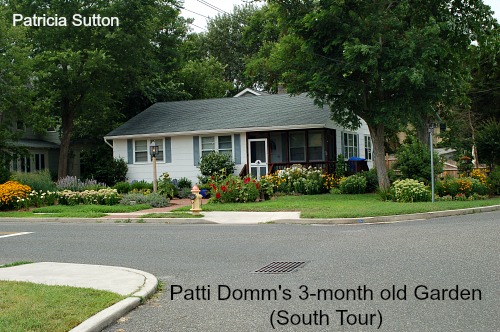
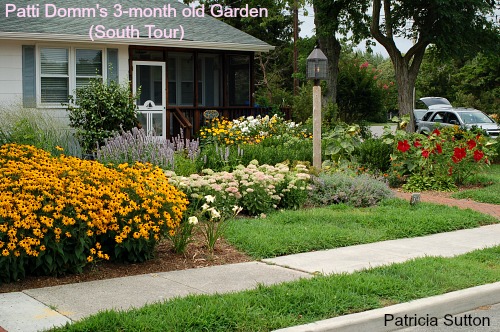
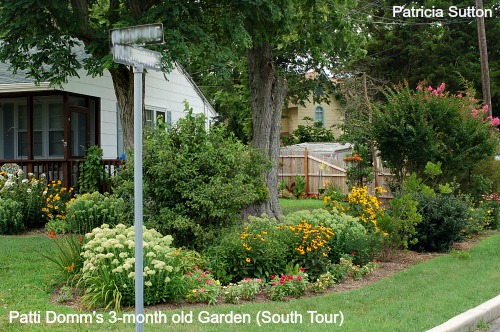
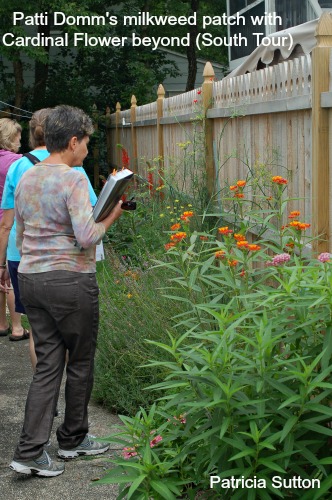

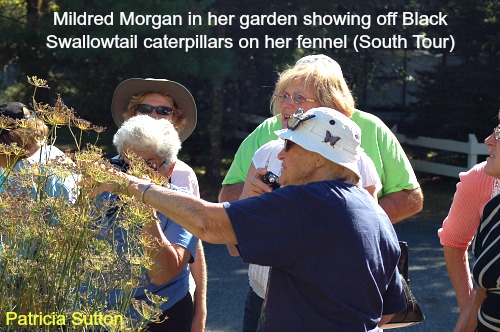
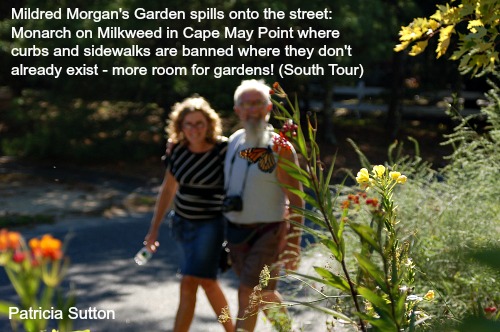

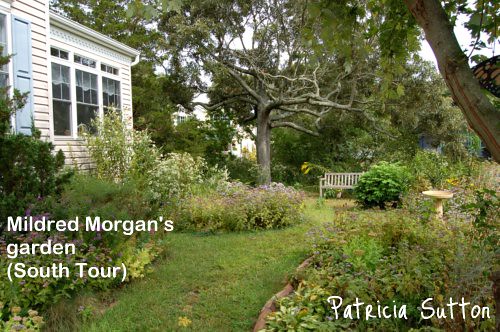
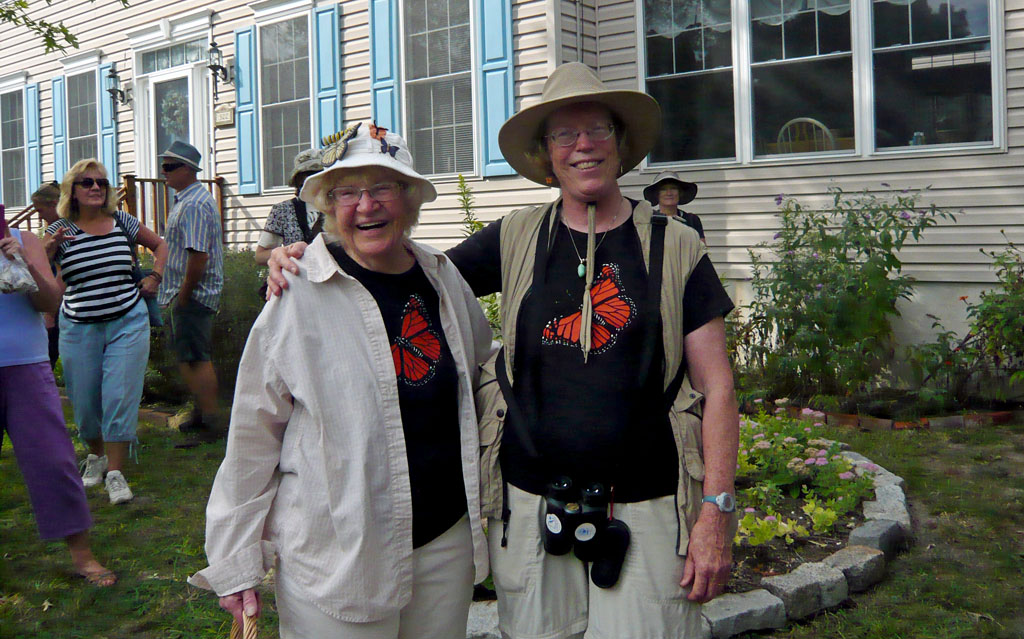
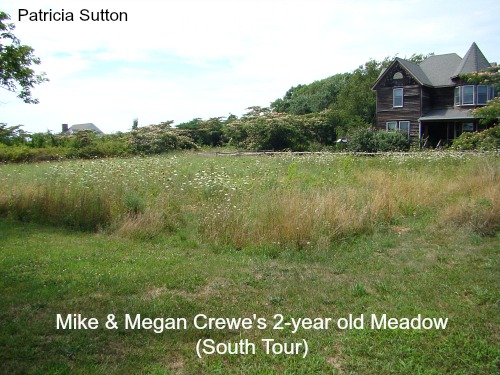

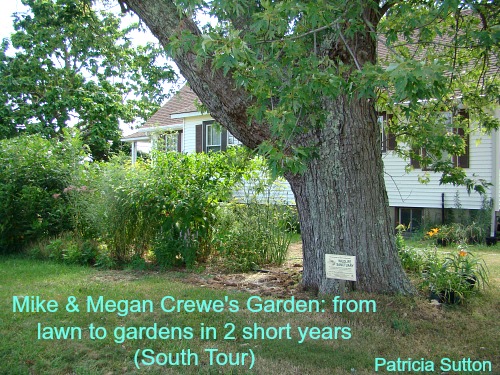




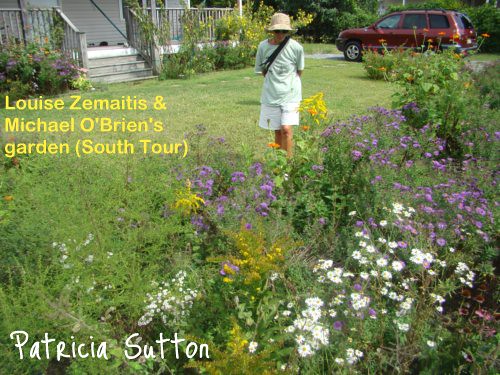
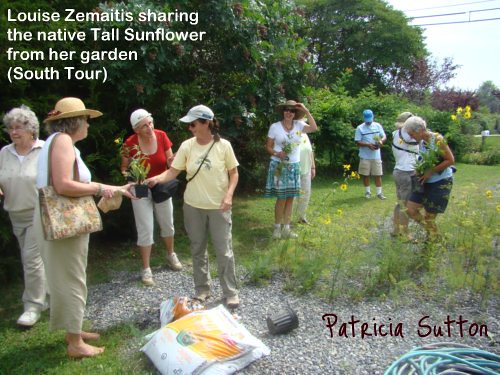



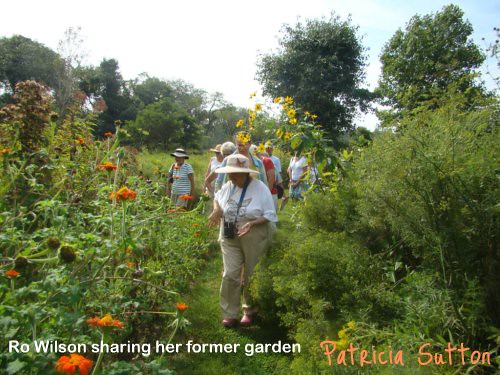
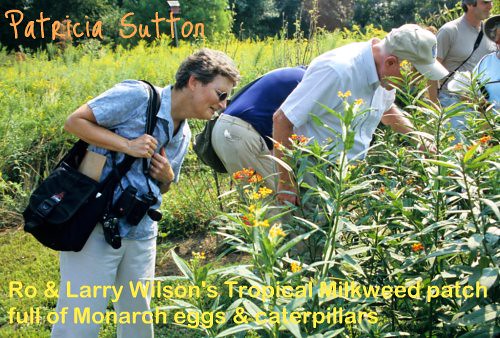
 Hi Gang,
Hi Gang, Sign up today and begin getting ready for the workshops. Draw a rough sketch of your yard, indicating structures (and hardscapes like driveways, decks, etc.), existing habitats (lawn, forest, lone trees, shrub islands, gardens, bird feeding station, brush pile, etc.), and mark NORTH, SOUTH, EAST, WEST on the sketch. Take time to note the sun’s path through your yard and where the sunniest areas are. Bring a wish list of the elements you want to add as well as the elements you need to work around.
Sign up today and begin getting ready for the workshops. Draw a rough sketch of your yard, indicating structures (and hardscapes like driveways, decks, etc.), existing habitats (lawn, forest, lone trees, shrub islands, gardens, bird feeding station, brush pile, etc.), and mark NORTH, SOUTH, EAST, WEST on the sketch. Take time to note the sun’s path through your yard and where the sunniest areas are. Bring a wish list of the elements you want to add as well as the elements you need to work around.